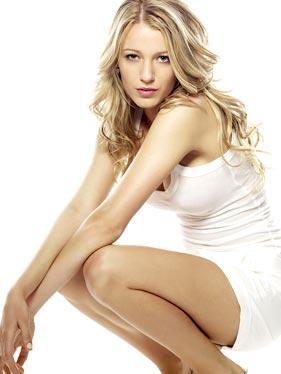We used a logo as we decided the company's background would be from Birmingham, like we are as a group. The word BMF originated from our college's name which is Birmingham Metropolitan College (BMC). So we decided to substitute the word college for films and the name for our studio was created. BMF Studios.
Originally the image we used was of an average picture of the Birmingham bull outside the Bullring with shoppers also in the shot. We then chose to edit the image so there was no distraction from the main and prominent image of the bull.
Another reason behind the choice of the bull is the fact bulls are seen as a strong animal which is the image we wanted to give our company.
This was the original image we used.
We then edited this image to create this logo for our film. We kept to the general colour of the Birmingham bull for this logo as it is an image most people will recognize and it made the letters BMF stand out more against it than if we had the bull red.
As a group we then decided to create another studio logo as many film have more than one studio working on a film at once. We continued with our bull theme and combined our last names (Sheasby, Owen and Slater) to create S.O.S Productions. There is a slight variation between the BMF Studios logo and this one as the bull is red here. The decision behind this was to set the scene of what type of film we were producing and what type of film this company would make which is horror.
After having similar logos we decided to create an image which would go between the two in a transition. For this image we decided to go with a simple black and white effect on the image of the bull.
























